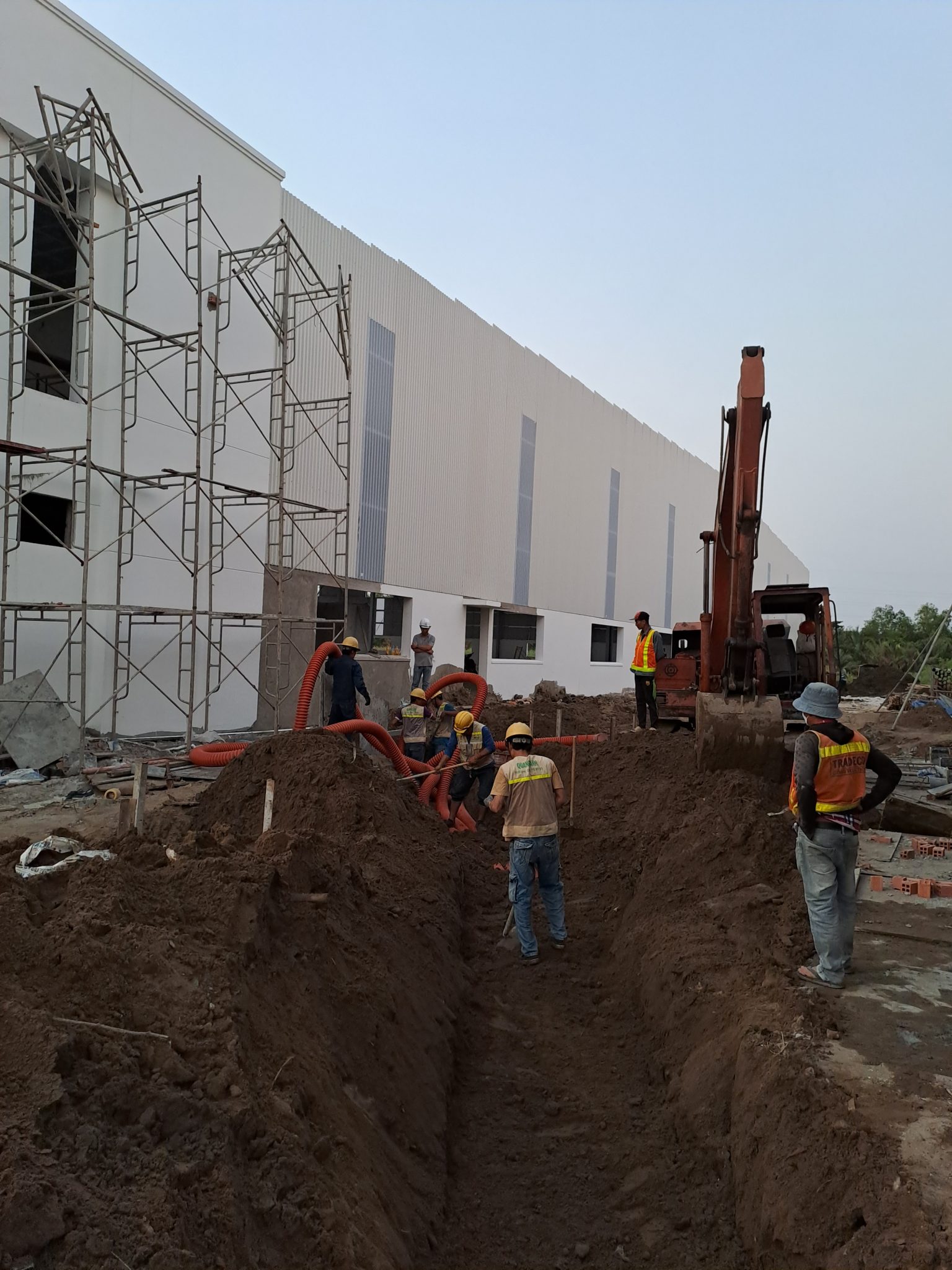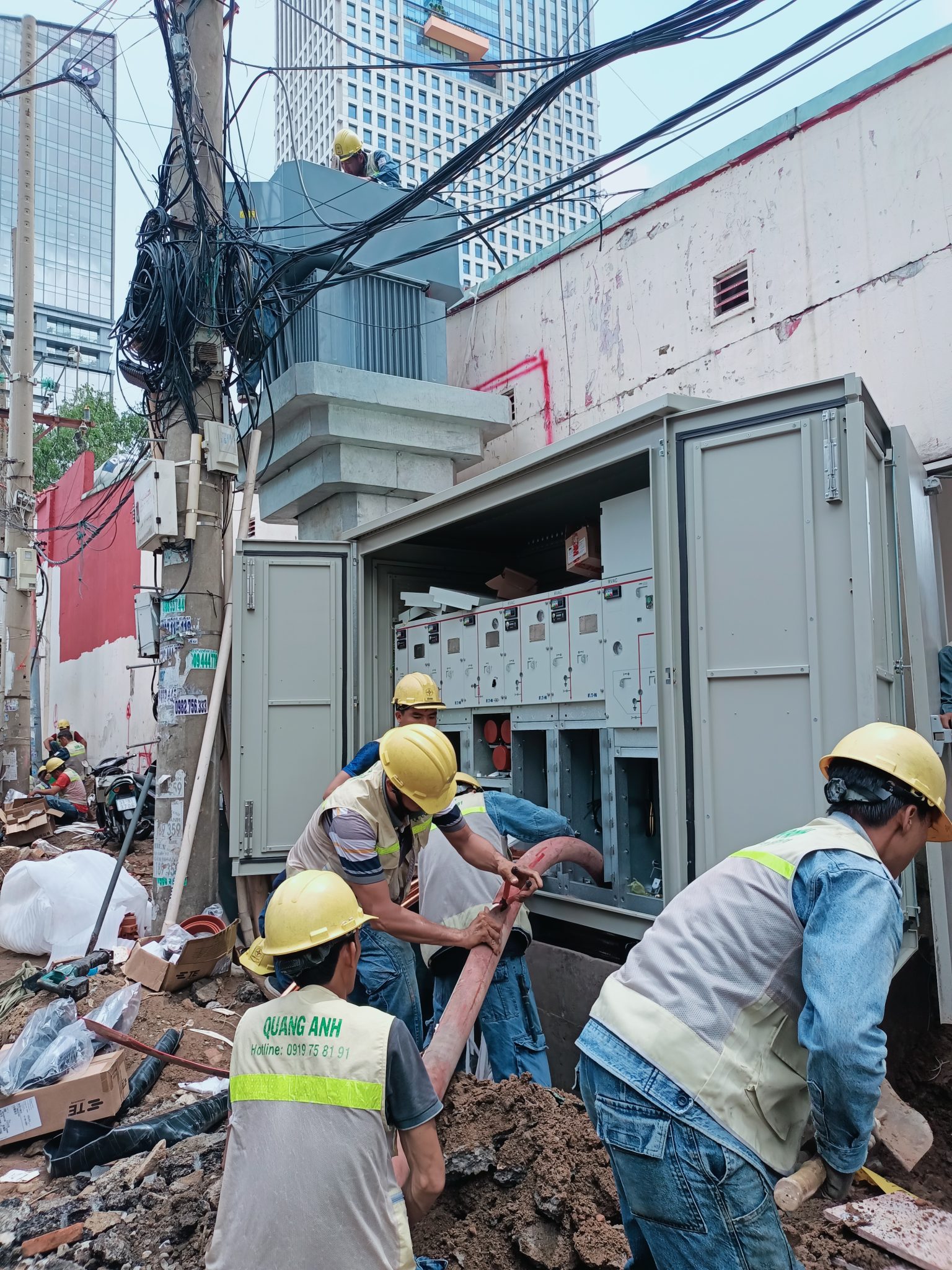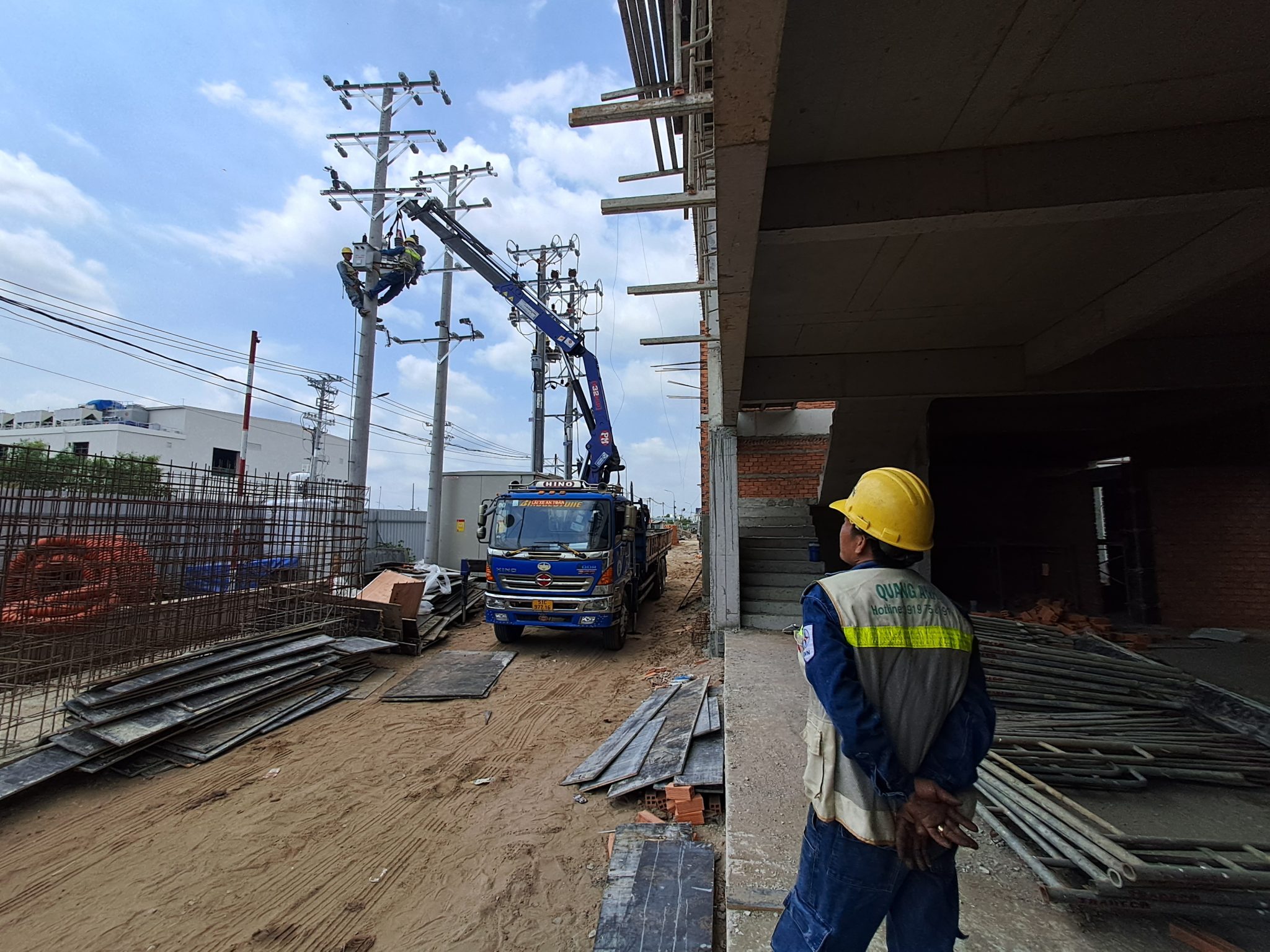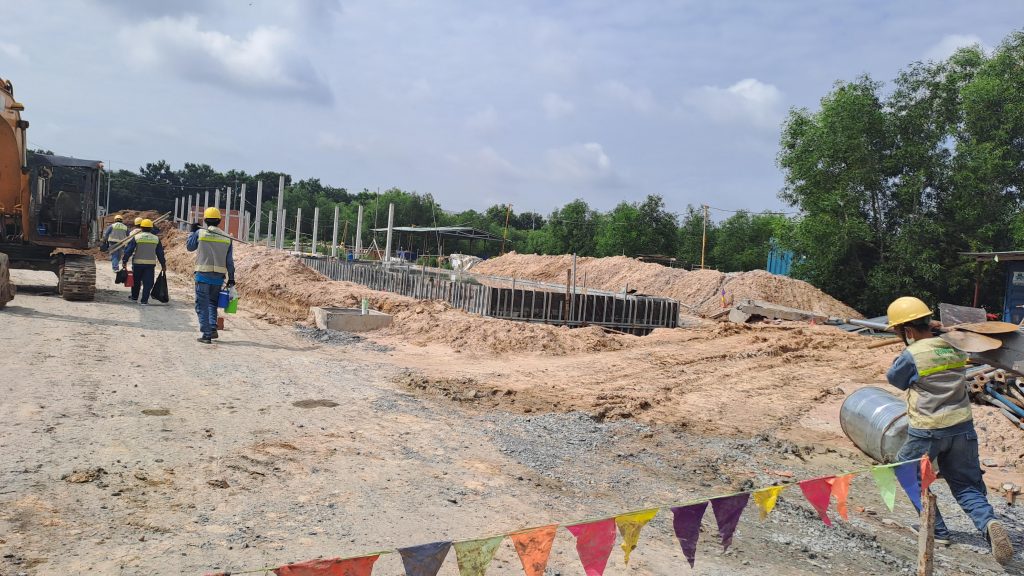News
Factory Electrical Installation Costs – Factors and Unit Prices You Need to Know
Factory electrical installation costs are influenced by progress, materials, project complexity, and various other factors such as volume and location of installation.
Factors Affecting Factory Electrical Installation Costs
Factory electrical installation costs depend on numerous factors, including construction schedule, types of materials used, project complexity, volume of equipment to be installed, and installation location. Each factor can significantly impact the total cost. For instance, using high-quality materials can increase costs but ensures long-term efficiency of the electrical system. Equipment volume is also critical since it affects both the cost of electrical materials and the industrial electrical installation work.
Factory electrical installation is a crucial phase in building and operating a production facility. Industrial Electrical Costs not only depend on the initial capital but are also influenced by many different factors. Below is a detailed analysis of these factors:
- Scale and Capacity of the Electrical System
- Large scale factories will require a significant amount of factory electrical materials such as panels (in case of using solar energy), inverters, electrical cabinets, and a considerable amount of cables, resulting in more costly supply and installation.
- In addition, high capacity demands increased industrial electrical equipment, raising both volume and costs for installation work.
- Scope and Range of Electrical Distribution in the Factory
- A significant factor affecting electricity pricing is the distance from the main power source to the electrical devices in the factory. A greater distance means using more conductor materials, possibly requiring additional sub-panels.
- This not only increases materials costs but also complicates electrical installation management, requiring additional time and manpower.
- Current Status of the Electrical System
- Many old factories have outdated or faulty electrical systems that need upgrading or replacement. This process adds significantly to the overall factory electrical installation costs, requiring new technology, techniques, and equipment.
- Structure and Architecture of the Factory
- The factory’s structure and architecture, such as ceiling height, materials, and layout, will influence installation work. Complex architectures requiring special techniques will increase construction and installation costs of the electrical system.
- Type and Quality of Materials, Electrical Equipment Used
- The choice of material type and quality significantly impacts overall costs. Premium brands like ABB, Schneider, Mitsubishi often provide high-quality, durable equipment but come at a higher cost.
- Procuring materials in bulk or allowing the investor to oversee material preparations influences both cost and management of electrical installations.
- Construction Schedule and Technical Requirements
- A fast construction schedule necessitating extra resources can increase costs. Especially with after-hours or night shifts, labor costs rise. Moreover, unique electrical construction techniques or high safety requirements also raise overall costs.
- Labor and Site Management Costs
- Labor and management costs cannot be overlooked, depending on region, timing, and project complexity. More skilled labor ensures quality but results in higher costs for investors.
- Industry Characteristics and Electrical Load Requirements
- Each industry has specific electric load requirements affecting system design and the volume of equipment needed. This relates to technical demands and directly impacts project costs.
Understanding these factors affecting factory electrical installation costs is crucial for optimizing project costs and quality. Investors need a comprehensive and detailed outlook to make informed decisions during the investment and operational phases.

Common Factory Electrical Installation Categories
Common factory electrical installation categories typically include complete installation of exposed conduit, installation of surface wire completion, and electrical installation combined with water supply. Each category has specific reference costs reflecting complexity and the required quantity of materials. For instance, installing surface wire combined with water supply completion generally costs more due to the need for both systems to operate effectively.
-
Installation of Main Power Cable System (Main Power Cable)
Main Power Cable Installation is the process of deploying the main power cable system, serving as the main axis leading electricity from the transformer station into the factory. This cable system can be installed in various ways, such as underground via PVC or HDPE pipes, metal pipes, or exposed by attaching to power poles or cable tray racks. The installation method chosen must ensure safe and efficient power supply for the entire factory system.
-
Installation of Cable Trays
Cable trays are used to build a rack system for electric cables, helping protect and secure cables, ensuring electrical safety. Installing cable trays requires design considerations to ensure a safe wiring system, prevent mechanical damage, and facilitate convenient maintenance and regular checks.
-
Installation of Industrial Electrical Cabinets (MSB Cabinets)
Industrial electrical cabinets, especially the MSB cabinet, act as the control center for the factory’s electrical system. This is where main cable trunks connect to different factory areas. The cabinet is equipped with switchgear and circuit protection devices from brands like Mitsubishi and Schneider, ensuring precise technique and aesthetic in installation.
-
Installation of Low Voltage Systems (Low Voltage Systems)
Low voltage systems include auxiliary parts such as lighting systems, living electrical systems, fire alarm systems, and CCTV surveillance systems. These systems are crucial for ensuring safety, providing light, and monitoring security in the factory.
Aside from implementing main power cables, cable trays, and industrial electrical cabinets; deploying low voltage systems with brands like Cadivi and Schneider should also be thoroughly executed to complete the factory’s overall electrical system, ensuring stable and safe operation.

Costs of 3-Phase Electrical System in Factories
The 3-phase electrical system is a crucial part of the industrial electrical system in factories. The cost for this system usually varies within a certain range, including voltage transformation equipment system by the electricity supplier and other installation categories. Thorough consideration of these factors will help optimize the 3-phase electrical system costs while ensuring long-term factory operation efficiency.
The investment process into the 3-phase electrical system costs in factories requires detailed understanding of related expenses from both the electricity authority and business.
- Costs Invested by the Electricity Authority:
- These cost items include materials, equipment such as electric meters, circuit breakers or protective fuses after meters, along with voltage conversion equipment.
- Installation costs for branches from the low voltage grid to the meter are critical, as well as labor costs related to installation from the grid connection point to the meter.
- Taxes and fees required by state regulations are carefully calculated.
- This helps Power Companies (such as EVN) manage costs effectively and ensure safe electricity supply.
- Costs Invested by the Enterprise:
- The enterprise pays for wiring from the meter into the factory, ensuring the safety and efficiency of the industrial electrical system.
- Internal protective devices, excluding devices provided by the electricity authority, also require meticulous investment.
- Taxes and fees when outsourcing construction are costs that must be tightly managed to optimize factory electrical operation management.
- Reference Cost Level:
- Total installation cost for a 3-phase electrical system can start from 10 million VND, depending on the specific scale of the workshop and individual technical requirements.
- Factors like cable length, power requirements, equipment use, and electrical safety requirements may significantly influence total costs.
- Factors Influencing the Operation Costs of 3-Phase System:
- The price for electricity cost ranges from 1,094 VND/kWh to 5,000 VND/kWh depending on usage purposes.
- Other costs like peak-time power prices and transmission costs are important factors.
- Fuel price fluctuations and changes in electricity usage schedules can increase overall costs.
- Planning optimized electricity usage during off-peak hours can help reduce 3-phase system costs while maintaining operational efficacy.
Understanding 3-phase system costs not only helps businesses optimize resources but also enhances operational efficiency in the long term.

Understanding the factors affecting factory electrical installation costs helps investors plan their finances effectively. From material selection to 3-phase system design, everything needs careful consideration to optimize costs and ensure sustainable operation.
To optimize the electrical installation cost of your factory, contact QuangAnhcons at hotline: +84 9 1975 8191 for detailed consultation.
QuangAnhcons specializes in providing industrial electrical systems installation services in factories, ensuring quality and safety. With an experienced engineering team, we commit to providing optimal solutions for each project.

 Tiếng Việt
Tiếng Việt 简体中文
简体中文 Deutsch
Deutsch 日本語
日本語 한국어
한국어 ไทย
ไทย Русский
Русский Français
Français
